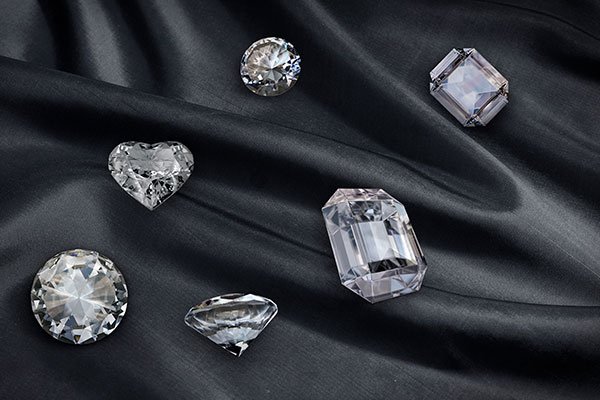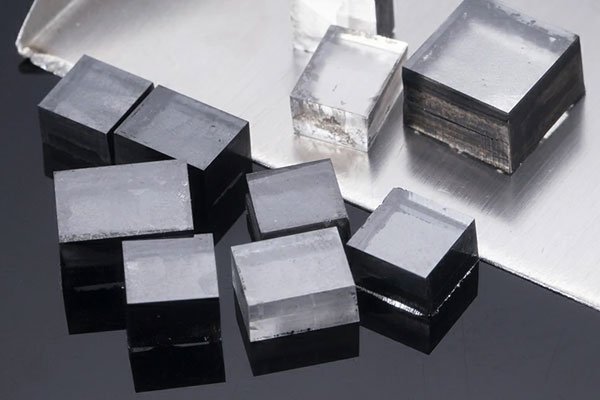Lab Grown Diamonds
Diamonds are perfect forever!

Polished Diamonds
A polished diamond is a gemstone that has been expertly cut, shaped, and polished to enhance its brilliance, sparkle, and value.
Lab Grown Diamonds


Testimonials
I had an exceptional experience with this diamond manufacturing company. The quality of the diamonds was superb, and the customer service was outstanding. They were very attentive to my needs and provided detailed information about each stone. I highly recommend them for anyone looking for high-quality diamonds.
The diamonds we purchased were beautiful and of excellent quality. The staff was knowledgeable and guided us through the entire process. The only reason I’m giving four stars instead of five is because the delivery took a bit longer than expected. Overall, very satisfied with the purchase.
This company exceeded my expectations in every way. The craftsmanship of the diamonds was impeccable, and the customization options allowed us to get exactly what we wanted. The team was very professional and ensured we were satisfied with our purchase. Highly recommend for anyone seeking top-tier diamonds.
The diamonds were good, but the customer service could be improved. I had a few questions about the certification process, and it took a while to get clear answers. Additionally, the packaging could have been more secure. Despite these issues, the overall quality of the diamonds met my expectations.